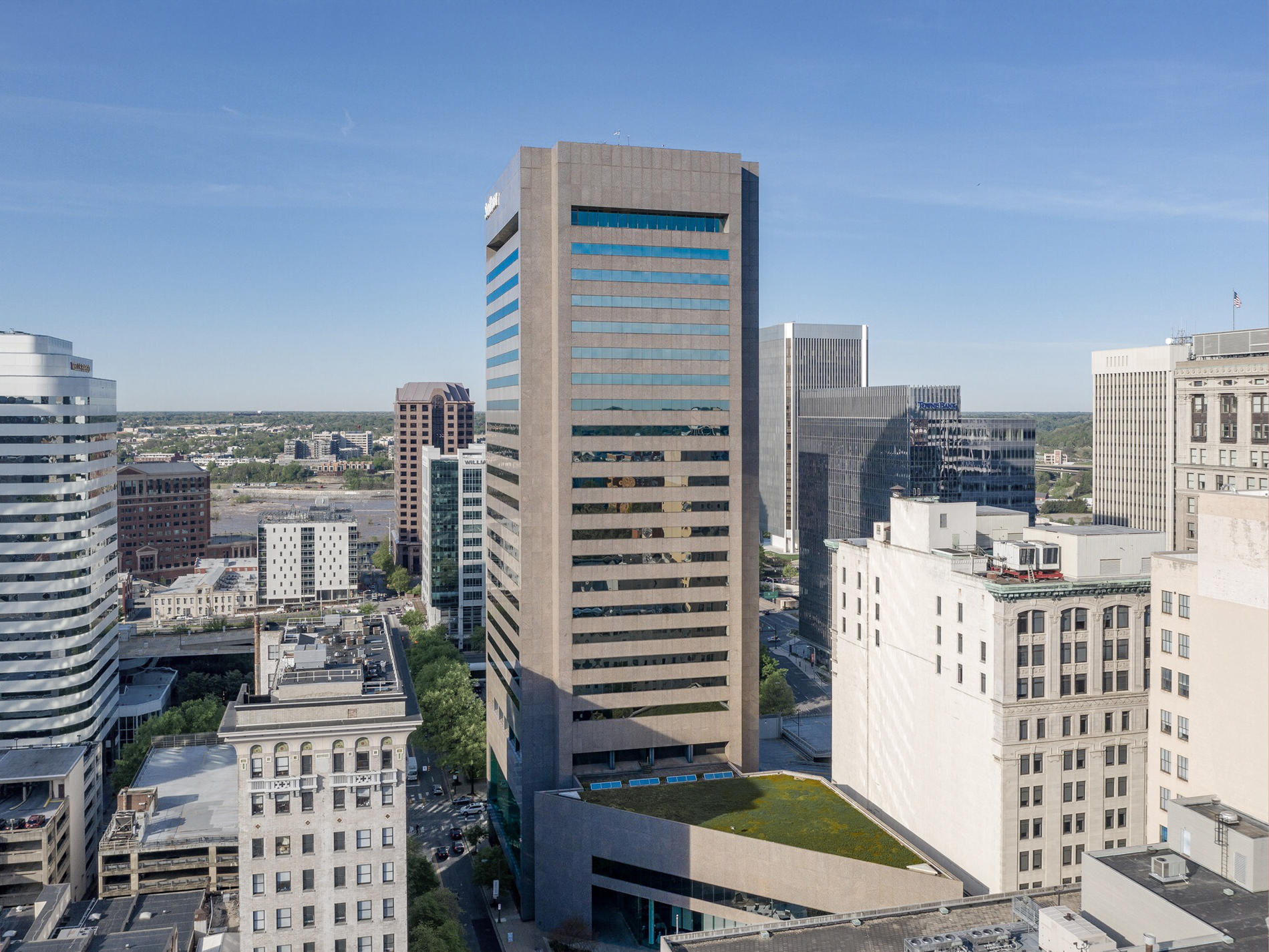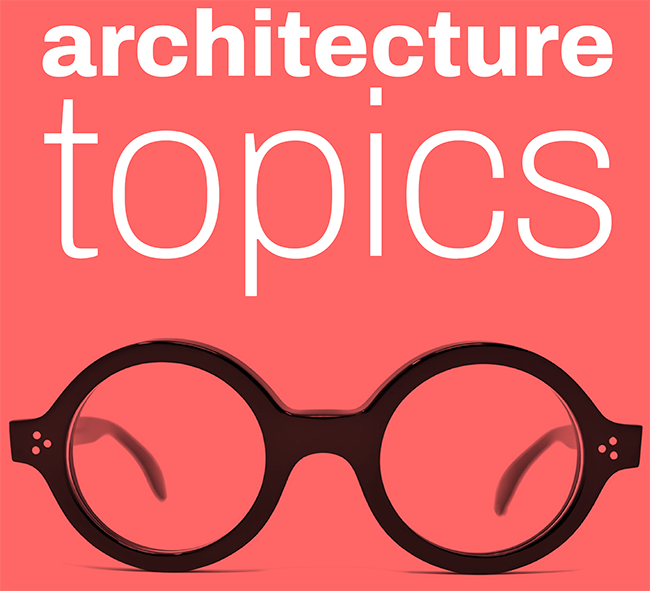The Truist Place Building is a Postmodernist skyscraper designed by Davis Carter Scott, and built between 1981 and 1983 in Richmond, VA.
Truist Place Building is not the only name you might know this building by though. It is common for companies to want to attach their names to iconic buildings when they move in, or for the general public to come up with nicknames, and this one is no exception. The building has changed names several times over the years, and is also known as:
- United Virginia Bank Building between 1983 and 1987.
- Crestar Bank Building between 1987 and 1998.
- SunTrust Center / SunTrust Plaza between 1998 and 2021.
- Truist Place from 2021 until this day.
Its precise street address is 919 East Main Street, Richmond, VA. You can also find it on the map here.
The Truist Place Building has received multiple architecture awards for its architectural design since 1983. The following is a list of such prizes and awards:
- BOMA 360
- Place Blue Ribbon in 2021
Truist Place consists of two interconnected buildings and a 12-level parking garage.

